

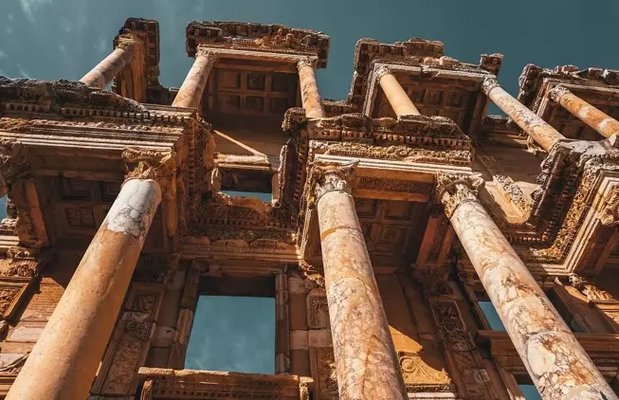

Turkey, a land where East meets West, is a treasure trove of historical and cultural landmarks. Due to its rich history and geographical significance, Turkey boasts an impressive roster of sites on the UNESCO World Heritage List. These sites reflect the diverse cultural heritage and remarkable natural wonders found throughout the country.
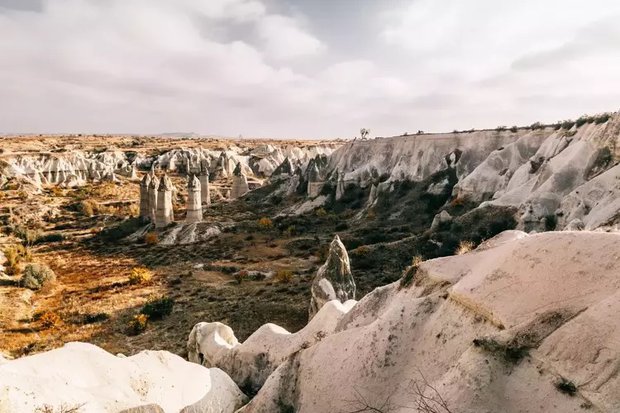
The UNESCO World Heritage List, curated by the United Nations Educational, Scientific and Cultural Organization, includes cultural, natural, and mixed heritage sites deemed to have outstanding universal value. As of 2020, there are 1,121 sites listed globally, categorized as 869 cultural, 213 natural, and 39 mixed properties.
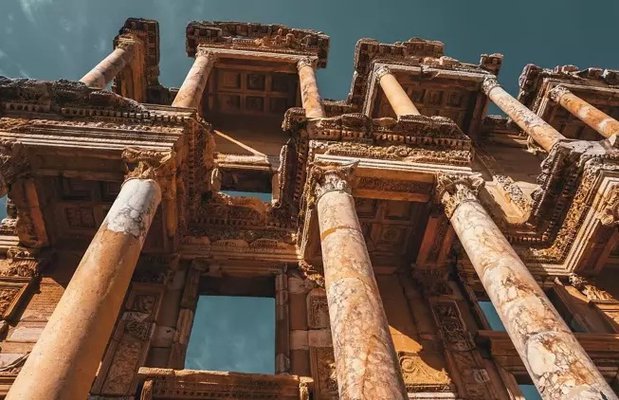
UNESCO World Heritage Sites in Turkey
Göreme National Park and the Rock Sites of Cappadocia
In a landscape sculpted entirely by erosion, the Göreme valley and its surroundings are home to rock-cut sanctuaries that offer unique evidence of Byzantine art from the post-iconoclastic period. The area features dwellings, villages, and underground cities dating back to the 4th century, showcasing a traditional human habitat.
Divriği Great Mosque and Hospital
This masterpiece of Islamic architecture was constructed in 1228-29 by Emir Ahmet Shah. The mosque, with its sophisticated vault construction, is a marvel of decorative sculpture, particularly notable for its three intricately adorned doors.
Historic Areas of Istanbul
Straddling the Bosphorus, Istanbul has been a focal point of political and artistic events for over two millennia. Its key landmarks include the ancient Hippodrome, the 6th-century Hagia Sophia, and the 16th-century Süleymaniye Mosque, all of which face challenges from urban development and pollution.
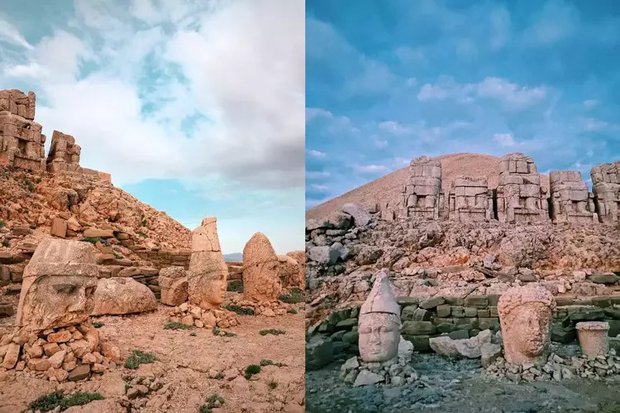
Hattusha: The Hittite Capital
The archaeological site of Hattusha, the former capital of the Hittite Empire, is renowned for its urban planning, well-preserved building structures, and rich decorative elements like the Lion Gate and Royal Gate.
Mount Nemrut
The mausoleum of Antiochus I, who reigned from 69-34 BC, is situated here. This site is an extraordinary example of Hellenistic monumental architecture, reflecting a fusion of Greek and Persian cultural influences.
Hierapolis-Pamukkale
At Pamukkale, calcite-rich waters from the springs create a stunning landscape of mineral forests and terraced basins. The ancient spa city of Hierapolis, founded by the Attalid kings, features impressive Greek monuments.
Xanthos-Letoon
Located in southwestern Turkey, Xanthos-Letoon is a remarkable archaeological complex illustrating the fusion of Lycian traditions with Hellenic culture. It is renowned for its significant epigraphic inscriptions.
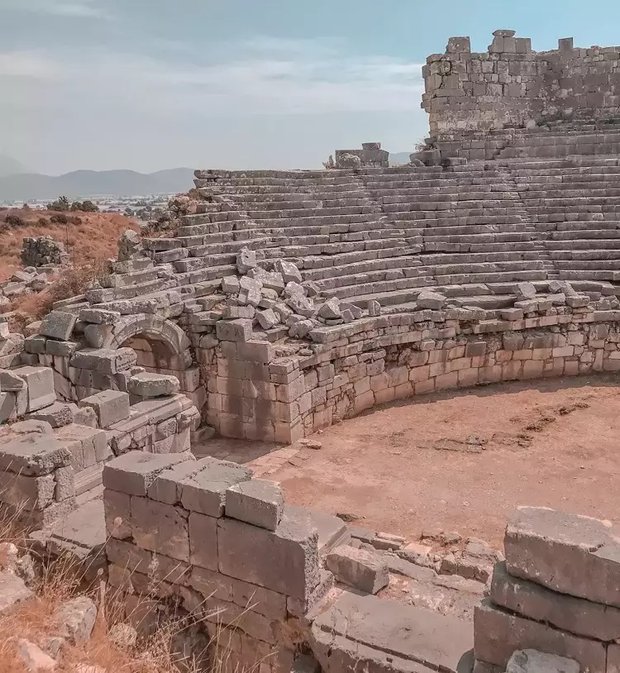
City of Safranbolu
From the 13th century, Safranbolu was a key caravan stop on the East-West trade route. Its architecture, including the Old Mosque and Suleyman Pasha Madrasah, influenced Ottoman urban development.
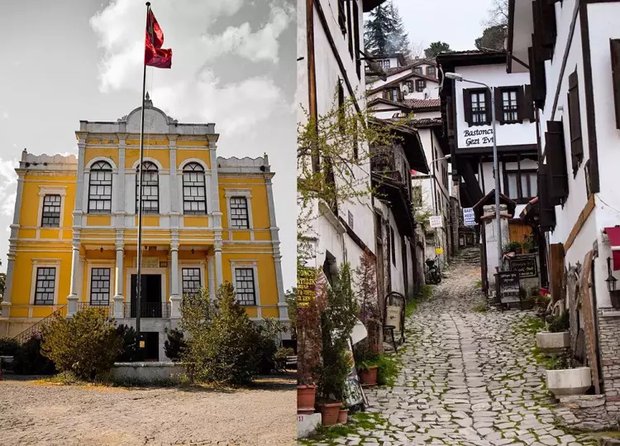
Archaeological Site of Troy
Famed for its legendary siege immortalized by Homer, Troy offers 4,000 years of history and is pivotal in understanding the early interactions between Anatolian and Mediterranean civilizations.
Selimiye Mosque and its Social Complex
Dominating the skyline of Edirne, this mosque complex, designed by the celebrated Ottoman architect Sinan, is considered his finest work. It showcases exquisite examples of Iznik tiles.
Çatalhöyük Neolithic Site
Spanning 37 hectares, this site features Neolithic and Chalcolithic artifacts reflecting early human settlement and urban development, preserved over 2,000 years with a unique streetless layout.
Bursa and Cumalıkızık
This site illustrates the urban and rural system that established the Ottoman Empire’s foundation in the 14th century, featuring key civic and religious structures.
Pergamon and its Multi-Layered Cultural Landscape
Once the capital of the Hellenistic Attalid dynasty, Pergamon’s acropolis boasts monumental temples, theaters, and a library, reflecting its historical significance as a center of learning.
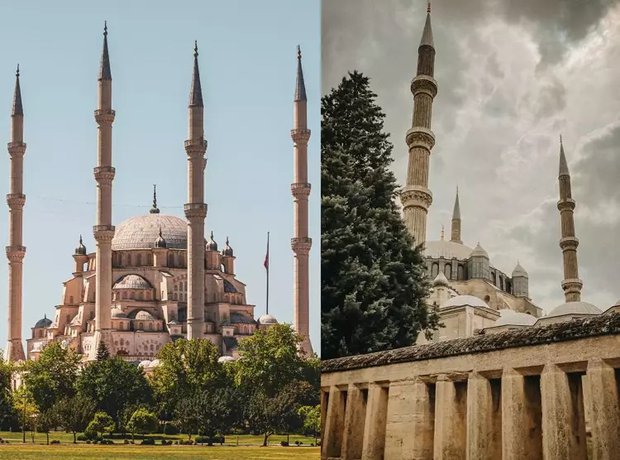
Diyarbakır Fortress and Hevsel Gardens
This fortified city on the Upper Tigris River Basin includes the historic city walls of Diyarbakır and the lush Hevsel Gardens, a vital link supplying food and water to the city.
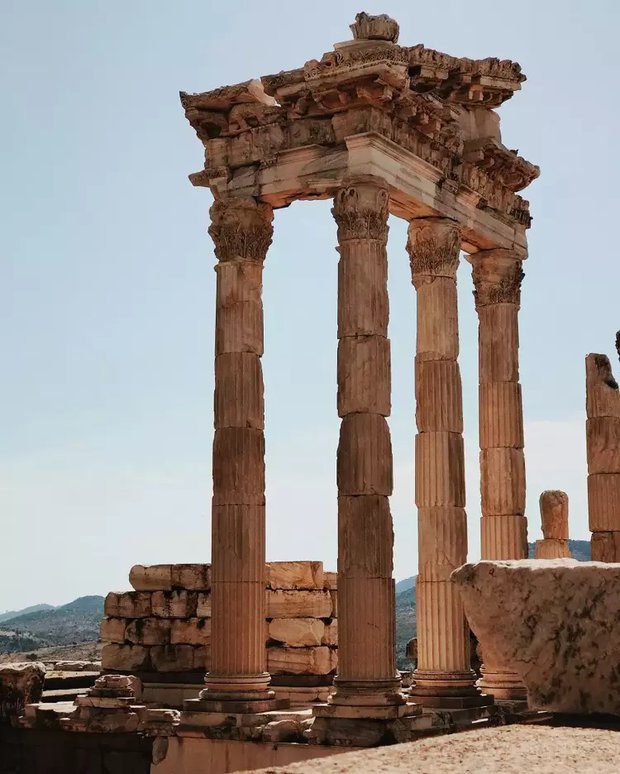
Ancient City of Ephesus
Known for its impressive Roman monuments like the Library of Celsus, Ephesus was a major port city whose Temple of Artemis was one of the ancient world’s Seven Wonders.
Ani Archaeological Site
Overlooking the Armenian border, Ani’s ruins reflect a rich history of Christian and Muslim rule, serving as a vital Silk Road hub during the medieval period.
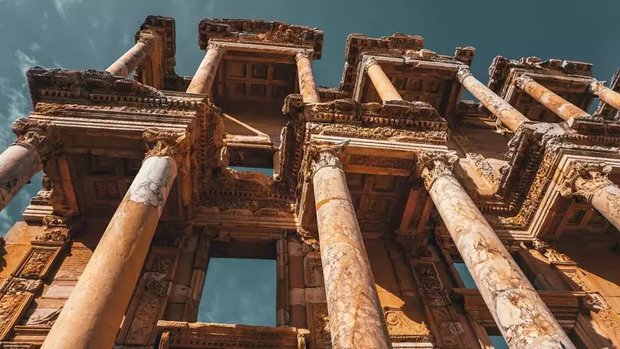
Aphrodisias
Located in the fertile Morsinos River Valley, Aphrodisias is noted for its marble quarries and artistic heritage, with structures dating back to the 2nd century BC.
Göbekli Tepe
Situated in Upper Mesopotamia, Göbekli Tepe features monumental structures from the Pre-Pottery Neolithic era, providing insight into early human ritual practices.
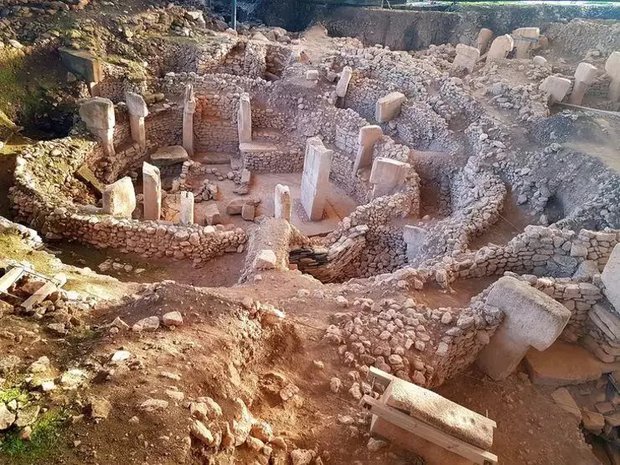
Arslantepe Mound
Arslantepe’s stratigraphy offers a glimpse into the evolution of state societies from the 6th millennium BC, featuring some of the world’s oldest swords.
SİGORTA
5 gün önceSİGORTA
5 gün önceENGLİSH
14 gün önceSİGORTA
14 gün önceSİGORTA
15 gün önceSİGORTA
18 gün önceSİGORTA
19 gün önce 1
Elon Musk’s Father: “Admiring Putin is Only Natural”
11786 kez okundu
1
Elon Musk’s Father: “Admiring Putin is Only Natural”
11786 kez okundu
 2
7 Essential Foods for Optimal Brain Health
11768 kez okundu
2
7 Essential Foods for Optimal Brain Health
11768 kez okundu
 3
DJI Mini 5: A Leap Forward in Drone Technology
11717 kez okundu
3
DJI Mini 5: A Leap Forward in Drone Technology
11717 kez okundu
 4
xAI’s Grok Chatbot Introduces Memory Feature to Rival ChatGPT and Google Gemini
11524 kez okundu
4
xAI’s Grok Chatbot Introduces Memory Feature to Rival ChatGPT and Google Gemini
11524 kez okundu
 5
Minnesota’s Proposed Lifeline Auto Insurance Program
9712 kez okundu
5
Minnesota’s Proposed Lifeline Auto Insurance Program
9712 kez okundu
Veri politikasındaki amaçlarla sınırlı ve mevzuata uygun şekilde çerez konumlandırmaktayız. Detaylar için veri politikamızı inceleyebilirsiniz.